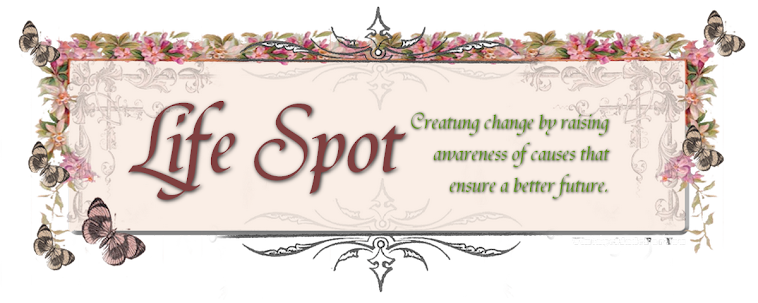The average American man uses six personal care products a day containing more than 80 unique chemicals.
Many of these chemicals are absorbed into the skin, inhaled or ingested, and the vast majority of cosmetic chemicals have not been assessed for safety. Some of the chemicals used in men's body-care products – from aftershaves and shaving creams to deodorants and shampoos – are linked to cancer, birth defects, learning disabilities and other chronic health problems. A common chemical found in most fragranced products may be particularly harmful to male reproductive health.
What's in his Medicine Cabinet?
Problematic chemicals in men's personal care products include:
Diethyl phthalate (DEP): found in fragrance-containing products such as cologne, aftershave, shaving cream, shampoos and deodorants
- Recent human studies link DEP to sperm damage in adult men, abnormal reproductive development in infants, and Attention Deficit Disorder in children (i).
- A study by Harvard University researchers suggests that a single use of cologne can markedly increase the level of DEP in a person’s body (ii).
- Recent product tests found DEP in popular men’s colognes Quicksilver, Calvin Klein Eternity for Men, Old Spice After Hours Body Spray and Abercrombie & Fitch Fierce (iii).
- Banned from cosmetics in European Union because it is a known human reproductive toxicant
- Brands include Men’s Grecian Hair Formula and Youthair Hair Color for Men.
- Known human carcinogen that is banned from cosmetics in European Union.
- Linked to hormone disruption, and the emergence of antibiotic-resistant bacteria (iv).
- The Canadian Medical Association asked the Canadian government to ban triclosan in household products due to concerns about bacterial resistance and carcinogenic byproducts (v).
- There is no evidence that triclosan soaps are any more effective than regular soap and water (vi).
Formaldehyde and 1,4-dioxane: found in many leading shampoos and body washes
- Known animal carcinogens and probable human carcinogens, according to US EPA (vii).
- Formaldehyde is a leading allergen that can trigger skin rashes and other allergic reactions.
- 1,4-dioxane is a leading groundwater contaminant and suspected as a kidney toxicant, neurotoxicant and respiratory toxicant, according to California EPA.
Safer Alternatives
Some companies are already making safer men’s products that don’t contain harmful chemicals such as phthalates and formaldehyde. You can browse the list of companies that make men's products and have signed the Compact for Safe Cosmetics.
Men can also search for safer products on the Environmental Working Group’s Skin Deep database. Look for products in the 0-2 range with the green circle.
However, it’s not possible to just shop our way out of this problem. Without new laws, hazardous chemicals will remain in the majority of personal care products – and the problem will remain hidden from consumers. Many of the toxic chemicals described here are not even listed on product labels due to loopholes that allow companies to keep secret the chemicals in fragrances (such as DEP) and the hazardous impurities (such as formaldehyde and 1,4-dioxane) that are commonly found in products.
What You Can Do
The Safe Cosmetics and Personal Care Products Act of 2013 will fix these problems by requiring companies to list all product ingredients on labels, and by setting up a system to ensure that all personal care products are assessed for safety and free of the most harmful chemicals.
This legislation will protect the health of everyone who uses personal care products, and will also ensure the long-term health of the cosmetics industry by shifting the industry away from toxic chemicals and spurring the innovation of safer products that consumers around the world are demanding.
Source: http://safecosmetics.org/article.php?id=734












